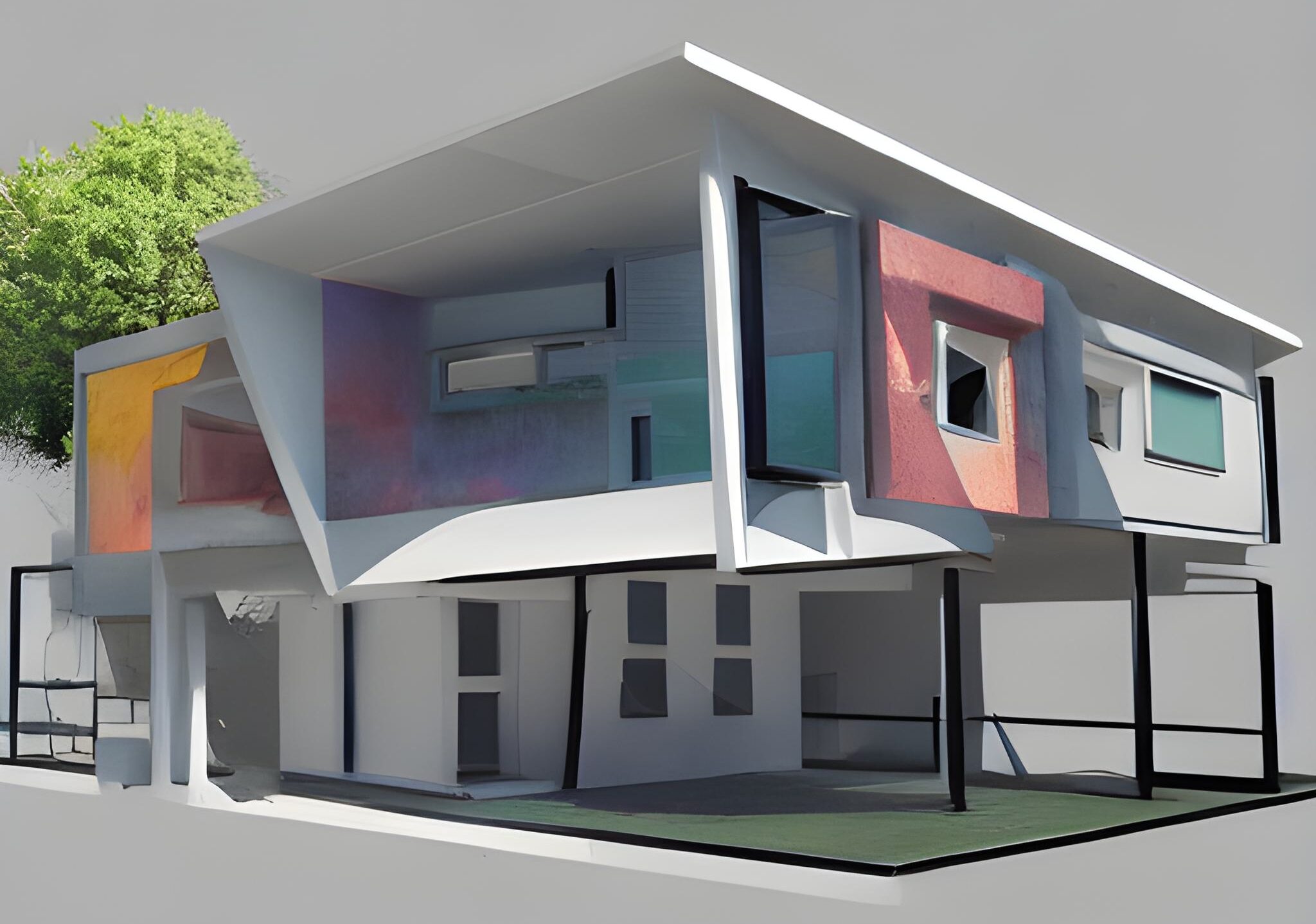3D Printed Homes
Yes, houses can be 3D printed using large-scale 3D printers that are capable of printing with concrete or other materials. 3D printing technology is being used to create entire houses, including walls, roofs, and other structural components, in a much shorter time than traditional construction methods.
- The process of 3D printing a house typically involves creating a digital model of the house, which is then sent to the printer. The printer uses a nozzle to deposit layers of concrete or other materials, building up the walls and other components of the house. The printing process can be automated, which means that large portions of the construction work can be done without human intervention.
- One advantage of 3D printed houses is that they can be constructed quickly and with less waste than traditional construction methods. Additionally, the technology can be used to create more complex and innovative designs that might be difficult or costly to build using traditional techniques. However, there are also some challenges associated with 3D printing houses, including the cost of the printers and the need for skilled technicians to operate them.
No, 3D printing is not all about cement. While cement can be used as a material for 3D printing, it is just one of many materials that can be used in the process.
- 3D printing is a manufacturing process that involves creating a three-dimensional object from a digital model by adding material layer by layer until the final shape is achieved. The material used for 3D printing can vary depending on the printer and the application, and it can include plastics, metals, ceramics, resins, and even living cells.
- In cement 3D printing, a specially formulated cement mixture is used as the printing material. This technology has been used in the construction industry to 3D print entire buildings or parts of buildings, such as walls or columns.
However, 3D printing technology has a wide range of applications beyond construction and cement-based printing. It is used in a variety of fields, including aerospace, automotive, healthcare, fashion, and consumer goods. The material used for 3D printing is chosen based on the specific application and the desired properties of the final product.
